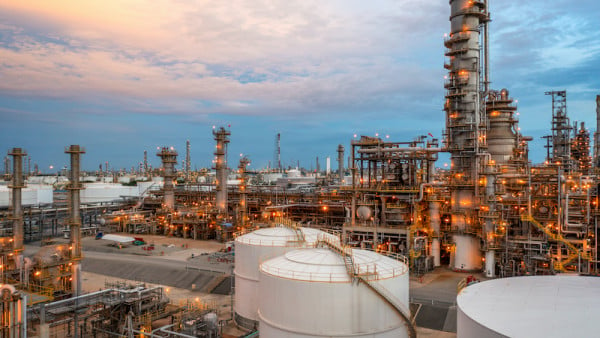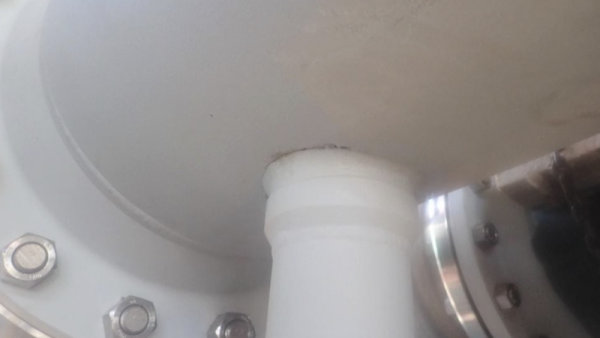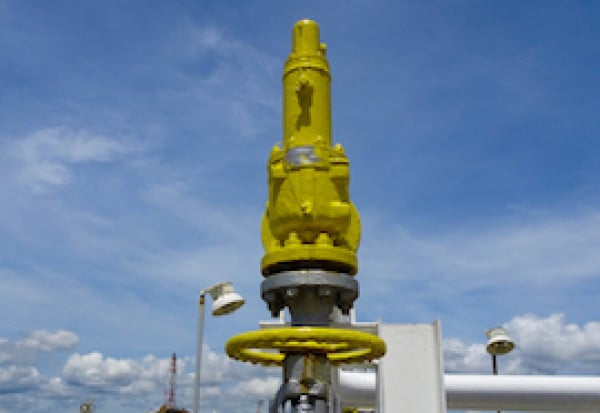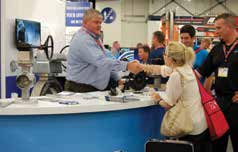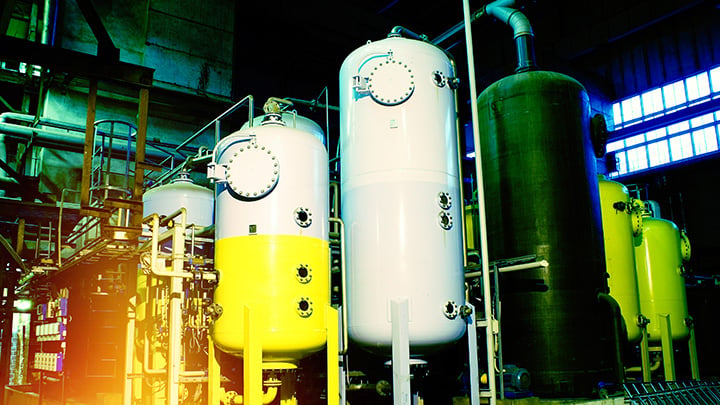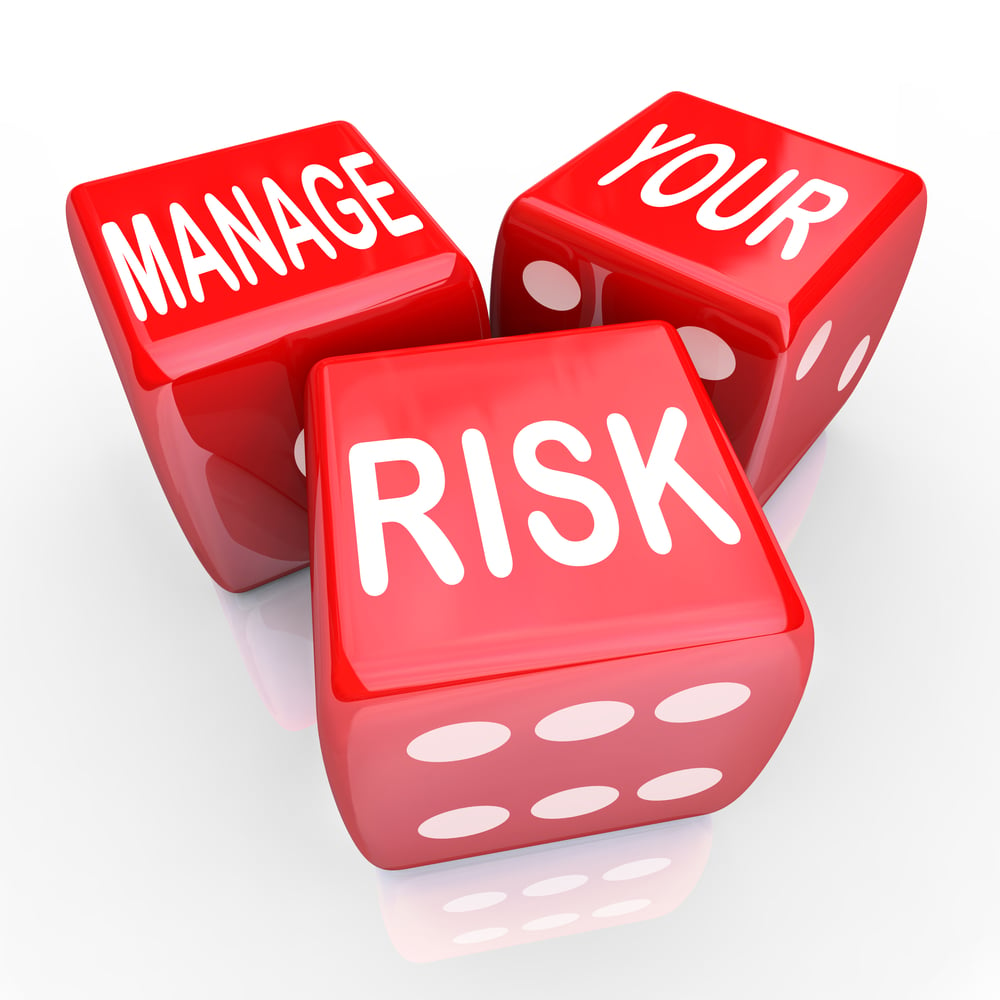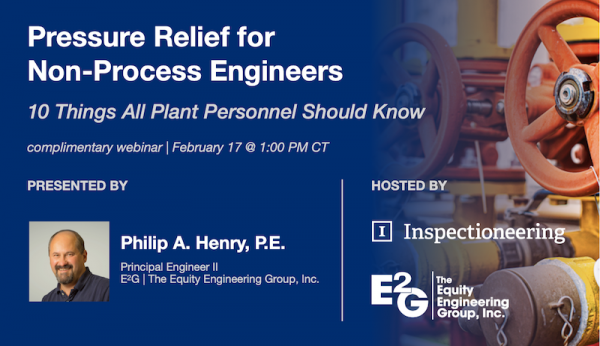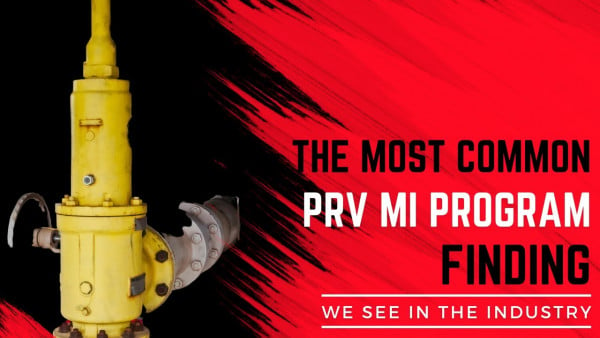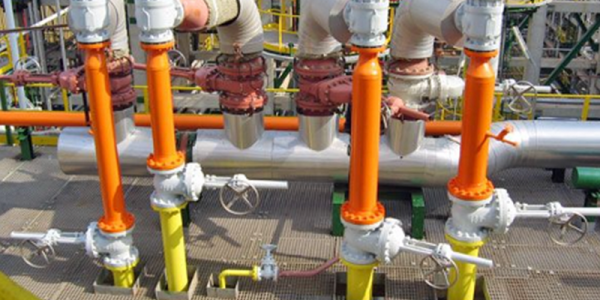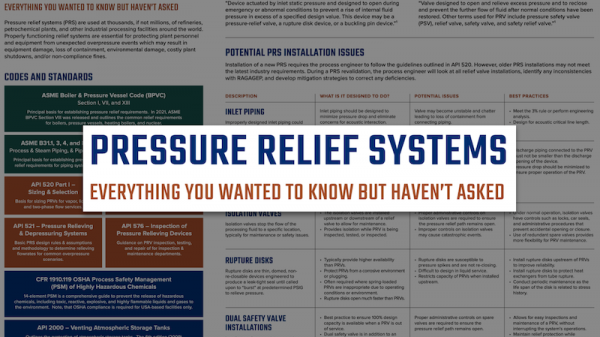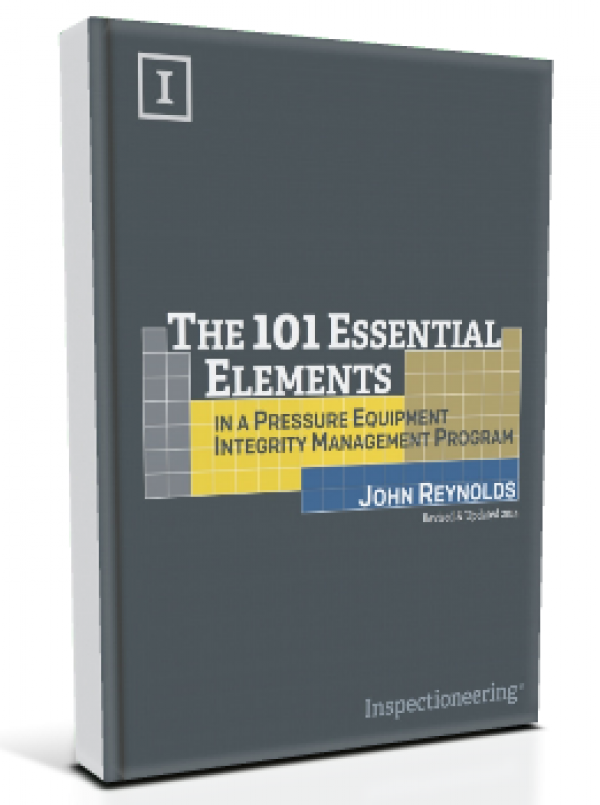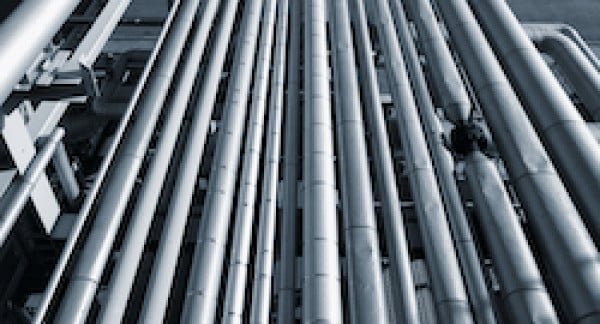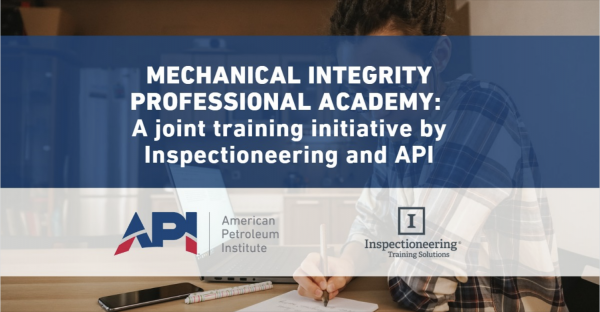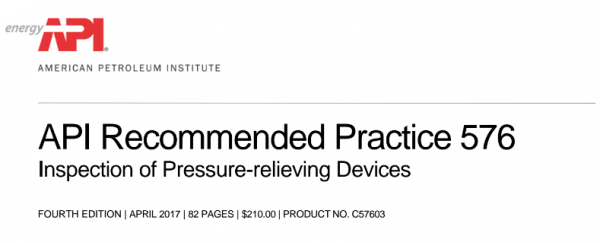Redirected from Pressure Safety Valves
Pressure Relieving Devices (PRD) are components used in refineries, chemical plants, and other similar facilities to prevent pressure vessels and other equipment from overpressurization by relieving excess pressure when necessary. They can be used to release gas, steam, liquids, or vapors. Properly functioning pressure relief devices are essential for protecting plant personnel and equipment, since unexpected overpressure events can potentially cause equipment damage, loss of containment, and result in costly plant shutdowns.
Pressure relieving devices include mechanisms such as Pressure Safety Valves (PSV) and Pressure Relief Valves (PRV), although there are other types of pressure relieving devices as well, such as Rupture Disk Devices and Pin-Actuated Devices. These devices can come in many different sizes and shapes and allow pressurized fluids or gasses to escape through a secondary passage out of the system so that pressure cannot build up beyond safe operating limits.
Most pressure relieving devices work automatically, opening once certain internal pressure limits are reached or exceeded, and closing once the pressure has returned to an acceptable level. The level of pressure at which a valve will re-seal is known as its blowdown. Blowdown levels usually vary from around 2-20% and some valves have adjustable blowdowns.
In the United States and many other countries, industries are required to use PRDs on pressure vessels, piping, and other equipment. Several codes and standards that discuss the safe construction and operation of PRDs include API RP 520, API RP 521, API RP 526, API RP 527, API RP 576, ASME PD 583 and ISO 4126-1:2013.
Pressure Safety Valves (PSV)
A Pressure Safety Valve (PSV) is a type of valve used to quickly release gasses from equipment in order to avoid overpressurization and potential process safety incidents. PSVs are activated automatically when pressure exceeds prescribed pressure limits in order to return equipment pressure to a safe operating level.
Pressure Relief Valves (PRV)
A Pressure Relief Valve (PRV) is a type of valve used to release stored gas in various equipment in order to maintain an optimal pressure level. PRVs open gradually as pressure builds up in order to release the necessary amount of pressure. While the term PRV is sometimes used interchangeably with PSV, there is a difference between the two. A PRV opens gradually in relation to the pressure, while a PSV is opened suddenly once the pressure hits a certain level in order to avoid overpressurization and a potential process safety incident.
Related Topics
- Aboveground Storage Tanks (ASTs)
- Boiler Tubes
- Boilers
- Bolts
- Coker Units
- Cooling Towers
- Crude Distillation Unit (CDU)
- Deaerators
- Fired Heaters
- Fixed Equipment
- Flanges
- Flare Systems
- Furnace Tubes
- Glass-lined Equipment
- Heat Exchangers
- HF Alkylation Units
- Hydrocracking Unit
- Hydrotreater
- Piping
- Pressure Vessels
- Rotating Equipment
- Vacuum Distillation Unit (VDU)
- Valves
Relevant Links
Topic Tools
Share this Topic
Contribute to Definition
We welcome updates to this Integripedia definition from the Inspectioneering community. Click the link below to submit any recommended changes for Inspectioneering's team of editors to review.
Contribute to Definition


